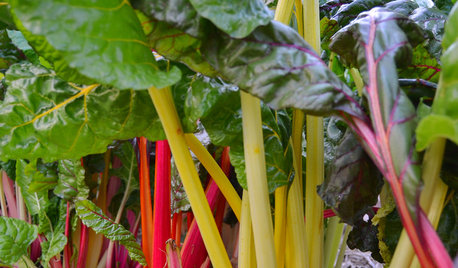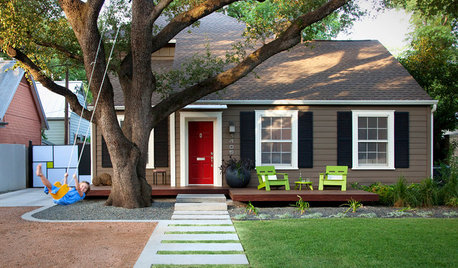Sunburned tomatoes
maryhorse
9 years ago
Related Stories

GARDENING GUIDESCool-Season Vegetables: How to Grow Chard
A year-round garden favorite with a colorful stem, Swiss chard comes into its own in early spring and in fall
Full Story
MONTHLY HOME CHECKLISTSJuly Checklist for a Smooth-Running Home
Pare back inside while you fire up outside for the Fourth. And why not donate some spare produce while you're at it?
Full Story
EDIBLE GARDENSHow to Add an Apple Tree to Your Edible Garden
Readily available, beautiful and fragrant, apple trees offer four-season interest along with crisp, juicy fruit
Full StoryMore Discussions






Okiedawn OK Zone 7
helenh
Related Professionals
Danbury Landscape Architects & Landscape Designers · Derry Landscape Architects & Landscape Designers · Norton Shores Landscape Architects & Landscape Designers · Severn Landscape Architects & Landscape Designers · Wheeling Landscape Architects & Landscape Designers · Elgin Landscape Contractors · Clayton Landscape Contractors · Elkridge Landscape Contractors · Glendale Heights Landscape Contractors · Goodlettsville Landscape Contractors · Hampton Bays Landscape Contractors · Southbury Landscape Contractors · Whittier Landscape Contractors · Casselberry Landscape Contractors · Portage Decks, Patios & Outdoor Enclosures